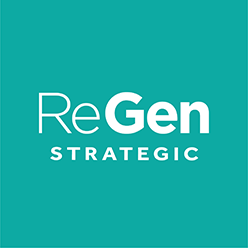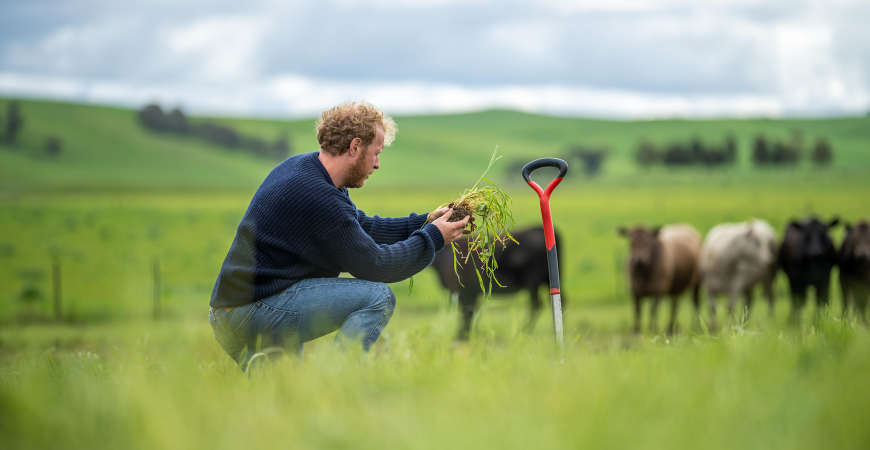The need to adapt the way humanity lives in the face of climate change is being felt across all sectors. In the energy and resources sector, alternative fuels and energy sources are being developed to replace outdated fossil fuel energy generation methods.
It’s easy to envision a future without coal-fired power, but what about sectors that we can’t just do away with?
No matter how much energy humanity generates from solar and other renewable sources, human beings can’t eat solar energy and will still need to consume food to create their own energy.
This means that as long as humans exist, so too will some sort of food system to feed us all. The bad news is that feeding all of us humans is one of the leading causes of climate change. In fact, the current food system accounts for 34 per cent of humanity’s carbon emissions, not to mention the other resources it consumes in terms of water and arable land.
We can’t do away with the food system entirely, but it’s clear a major overhaul is needed to make it sustainable in the world of climate change.
That’s where WA-based Dirty Clean Food enters the picture, the food brand of Australia’s leading regenerative food and agriculture company.
Dirty Clean Food is trying to provide an alternative supply chain for core food products ranging from meats and seafood to fruit and vegetables and groceries. To achieve this, the company works exclusively with farmers who are practising regenerative agriculture.
When something is sustainable, it means it doesn’t cause any further damage and maintains the status quo, but for something to be regenerative it must go a step further and leave the environment better than if no activity had taken place.
In the agriculture space, one way to be regenerative is to enrich the soil to increase the presence of microbes, bugs and worms, which increases its ability to absorb and hold water.
Another regenerative agriculture practice is to increase biodiversity and sequester carbon in the soil rather than in the atmosphere and to achieve this, regenerative farmers minimise soil disturbance by avoiding tillage or ploughing.
That’s all well and good for crops, but what about livestock? Livestock emit methane, a greenhouse gas, through their digestion process and this represents a serious problem.
While scientists are working on ways to prevent livestock emitting methane using new feeds and dietary supplements, regenerative agriculture employs grazing practices so that livestock foraging contributes to the health of the soil.
While Dirty Clean Food isn’t at the level of Australia’s supermarket giants, the example it sets and systems it develops can serve as an example for others to follow as the entire food system shifts in the coming years.
 ReGen Strategic
ReGen Strategic